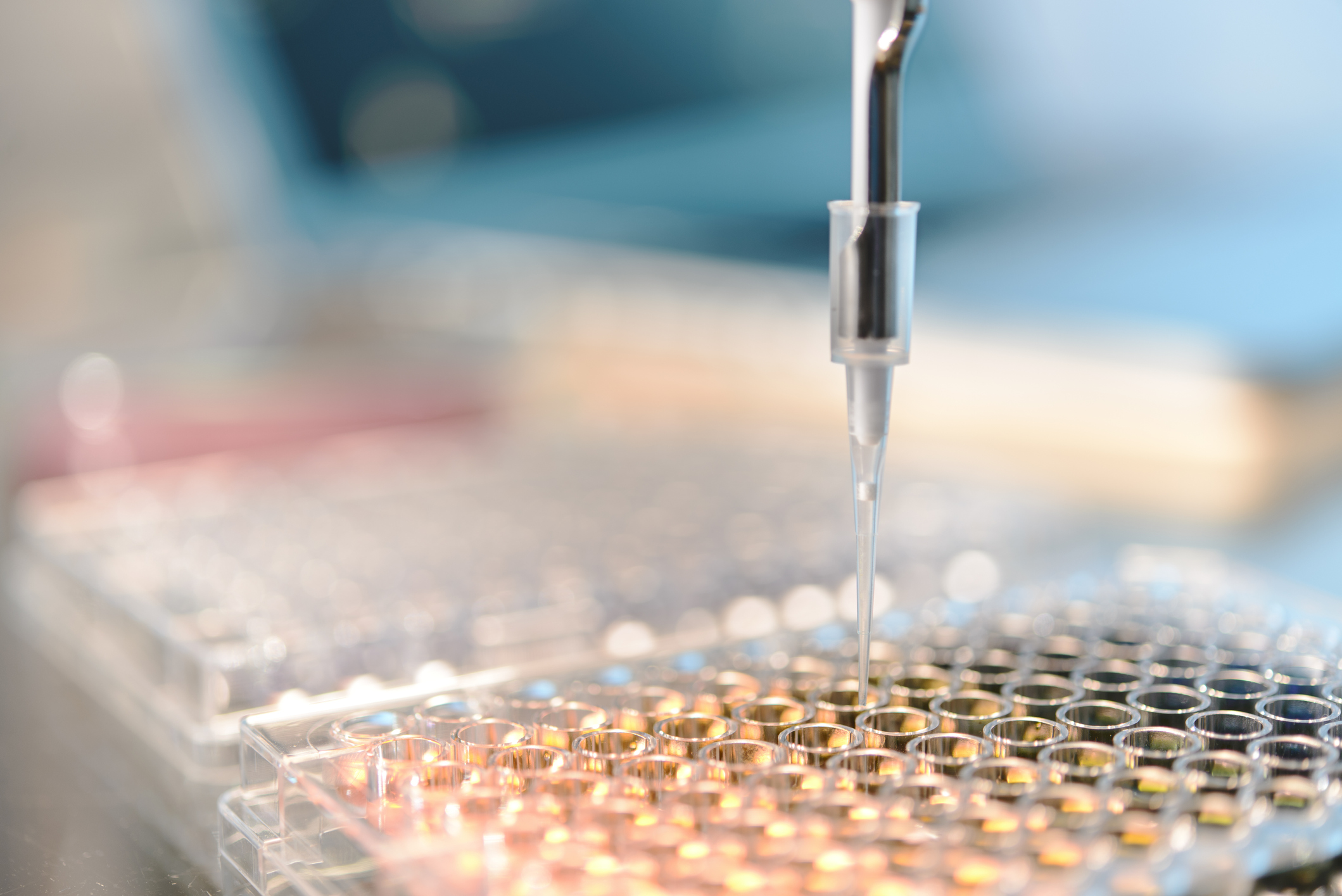Automated determination of 8-OHdG
Automated determination of 8-OHdG (January 1, 2020 – June 30, 2022)
Reactive oxygen species (ROS) are continuously produced in living cells of aerobic organisms as part of physiological processes, metabolic and other biochemical reactions. These endogenously produced ROS and oxygen-free radicals have important physiological functions, but due to their reactive nature can cause oxidative damage to lipids, proteins and RNA/DNA. Exogenous factors such as stress, nutrition, sport, UV radiation, tobacco smoke, asbestos and carcinogenic substances can also produce ROS under various conditions. Under normal physiological conditions, a balance is maintained in all aerobic organisms between endogenous oxidants and numerous enzymatic and non-enzymatic/low molecular weight antioxidants. If an imbalance occurs, oxidants cause extensive damage to DNA, which in turn leads to ageing, malignant tumours and other degenerative diseases. In all living cells, damaged DNA is repaired enzymatically so that it regains its normal function, while defective DNA leads to mutations (base substitution, deletions and strand fragmentation) that can lead to carcinogenesis. Although oxidative damage to DNA leads to a broad range of sometimes very specific reaction products (bases and sugar modifications, covalent crosslinks, single- and double-stranded breaks), the interest focused mainly on nucleobase modifications and especially on the abundant 8-oxo-2-deoxyguanosine lesion, which is formed in vivo and can be quantitatively measured in cells after hydrolysis of the DNA to component bases.


